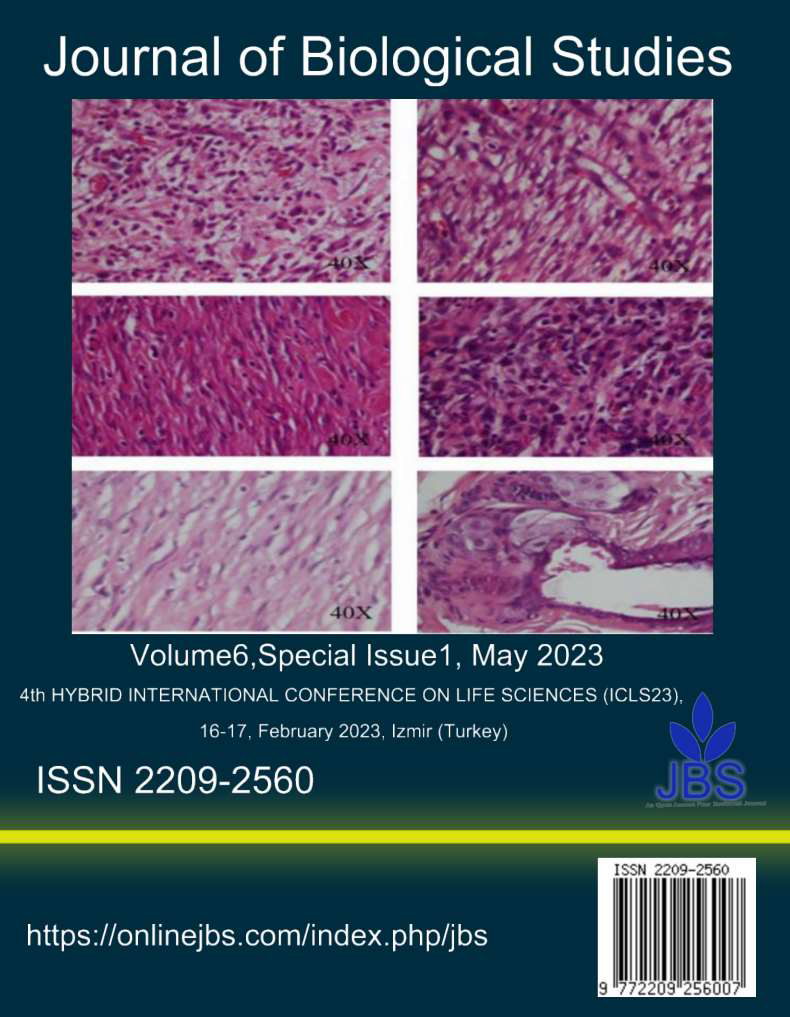ROS-related toxicity in mesenchymal stem cells derived from Wharton's jelly treated with AgCl nanoparticles
Main Article Content
Abstract
It has been shown that nanoparticles (NPs) may have cytotoxic effects on on normal, cancer, and stem cells. Recently the silver nanoparticles have drawn the attention of researchers due to their use for antimicrobial and anticancer therapy, and also their application in the promotion of wound repair and bone healing, or as the vaccine adjuvant, anti-diabetic agent and biosensors; however, their cytotoxic effects on normal as well as stem cells in human body is not very clear. The main aim of this research was to determine the effects of green synthesized AgCl nanoparticles on reactive oxygen species (ROS)-related toxicity in human amnion cord derived mesenchymal stem cells (MSCs) in vitro. The umbilical cord samples were transported immediately after birth to the stem cell laboratory. MSCs were isolated from umbilical cord Wharton's jelly and characterized. AgCl nanoparticles were synthesized using green synthesis and synthesized nanoparticles were confirmed by Fourier transform infrared spectroscopy (FTIR) and X-ray diffraction (XRD). MSCs were treated with different concentrations of AgCl NPs. Cellular ROS levels were measured using dichloro-dihydro-fluorescein diacetate (DCFH-DA) assay method. The results indicated that AgCl NPs had cytotoxic effects on MSCs in a dose dependent pattern. There was also direct relationship between excess ROS levels and increased cell death in MSCs treated with AgCl NPs. In conclusion, green synthesized AgCl NPs cytotoxic effects on MSCs is mediated in part by ROS generation leading to cell death in MSCs.
Keywords: AgCl nanoparticle, MSC, Viability,
Article Details

This work is licensed under a Creative Commons Attribution 4.0 International License.
